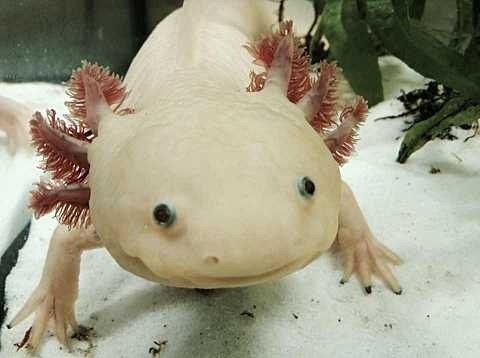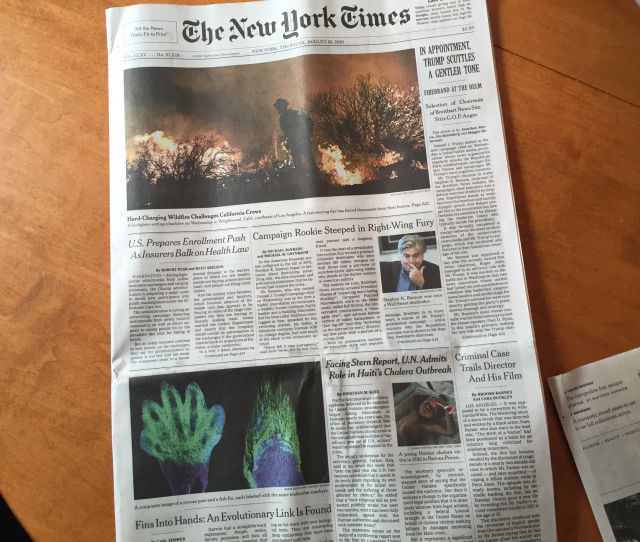STAT, September 12, 2016
We may come to the end of antibiotics. We may run clean out of effective ammunition, and then how the bacteria and moulds will lord it.”
If you had to guess where those words came from, you might well say a recent news segment on TV, or perhaps an op-ed published by a frantic doctor. After all, these days there’s a lot of talk about our antibiotic resistance crisis. Bacteria that have evolved to withstand antibiotics kill 700,000 people each year, and ever more powerful strains are spreading around the world.

